Orthodontic Treatment In Chennai
Orthodontic treatment is a specialized branch of dentistry focused on correcting misaligned teeth and jaws to improve both appearance and function. At Best Dental Clinic Pondy Bazaar, T. Nagar and Dr. Julian’s Laser Dental Clinic Tambaram, we provide advanced orthodontic treatment using the latest techniques and technology. Whether it’s crowded teeth, gaps, or bite issues, orthodontic care plays a vital role in enhancing oral health and boosting self-confidence. With modern advancements like clear aligners , ceramic braces, and customized appliances, treatment has become more accessible and comfortable for patients of all ages.
Metal Braces In Chennai
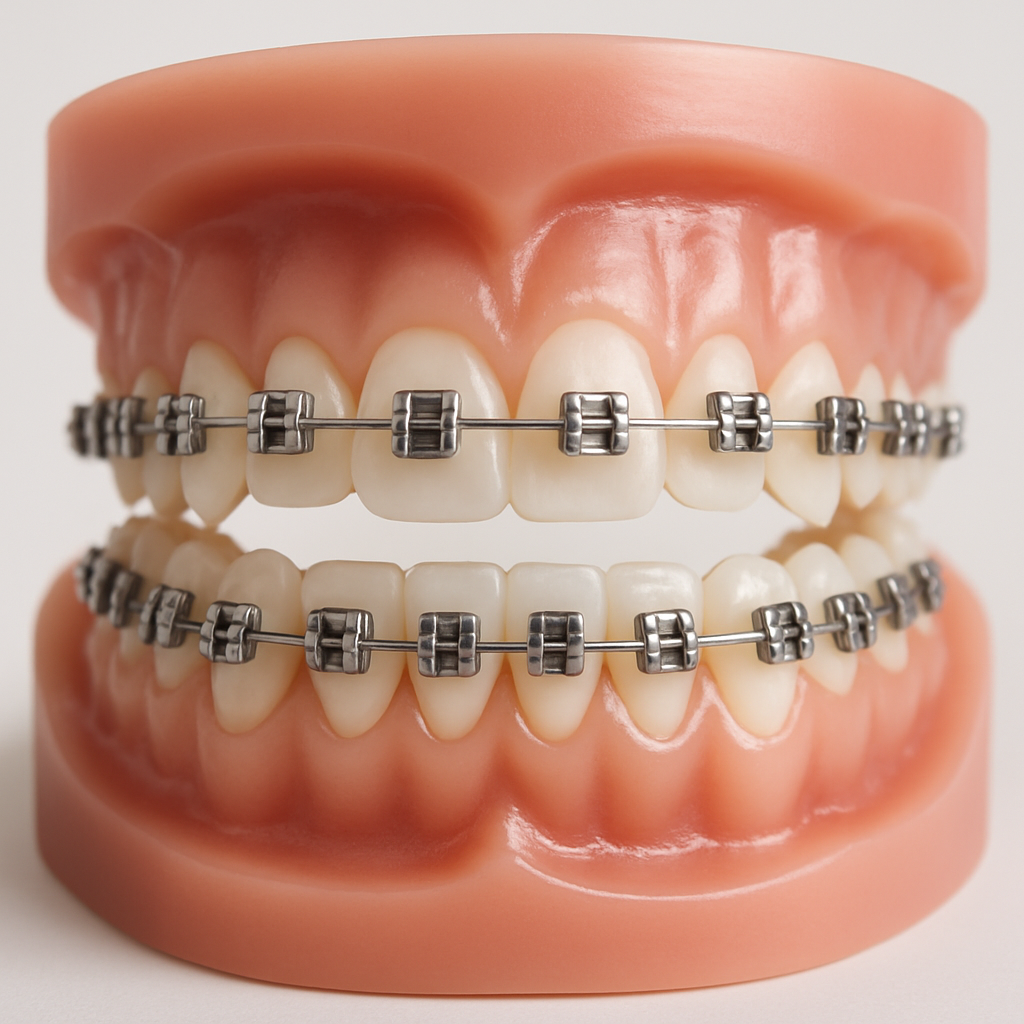
Metal aligners, commonly known as metal braces, are one of the most traditional and widely used forms of orthodontic treatment. Made from high-grade stainless steel, these braces consist of metal brackets that are bonded to the front of the teeth and connected by a thin archwire. The wire applies continuous pressure over time to gradually move the teeth into the desired position.
Despite the rise of more discreet options like ceramic braces and clear aligners , metal braces remain a popular choice—especially for children and teenagers—because of their durability, effectiveness, and affordability. They are highly efficient in treating complex orthodontic issues such as severe overcrowding, crossbites, and deep bites. Metal braces are also customizable; patients can choose colored elastics to add a personal touch to their smile.
Today’s metal braces are smaller, lighter, and more comfortable than those used in the past. While they are more noticeable than other types, their proven results and lower cost make them a trusted option in modern orthodontic treatment.
Ceramic Braces In Chennai
Ceramic aligners, often referred to as ceramic braces, are a more aesthetic alternative to traditional metal braces in orthodontic treatment. These braces function similarly to metal braces but use clear or tooth-colored ceramic brackets that blend with the natural color of your teeth, making them much less noticeable.
Ceramic braces are popular among teenagers and adults who want the effectiveness of fixed braces without the metallic appearance. They are a great option for patients who need comprehensive orthodontic correction but prefer a more discreet look. While the brackets are less visible, they still work efficiently to align teeth, correct bite issues, and improve overall dental health.
However, ceramic braces may be slightly more fragile than metal ones, and they can stain if not properly cared for. Because of their cosmetic appeal and performance, they tend to be slightly more expensive than metal braces. Still, for those who value both aesthetics and function, ceramic braces offer a balanced option.
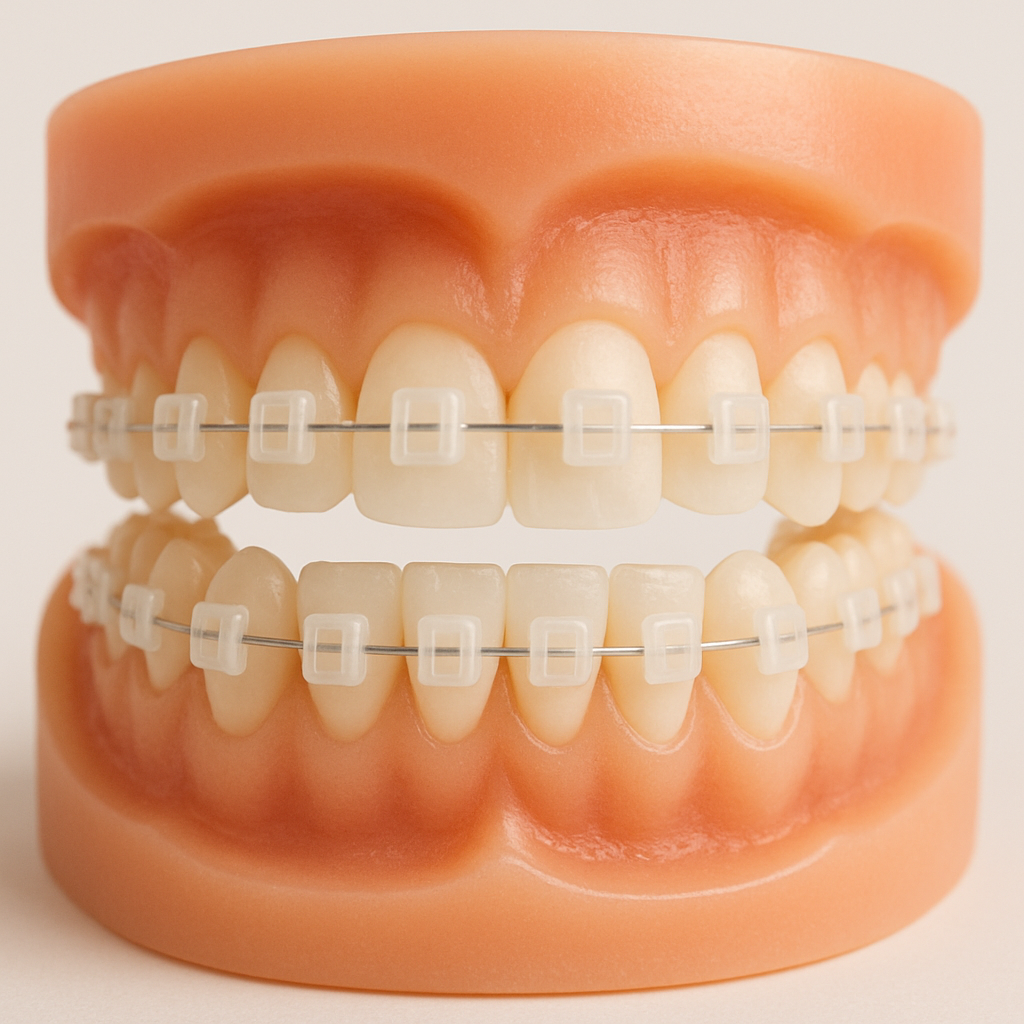
Invisalign Aligners In Chennai
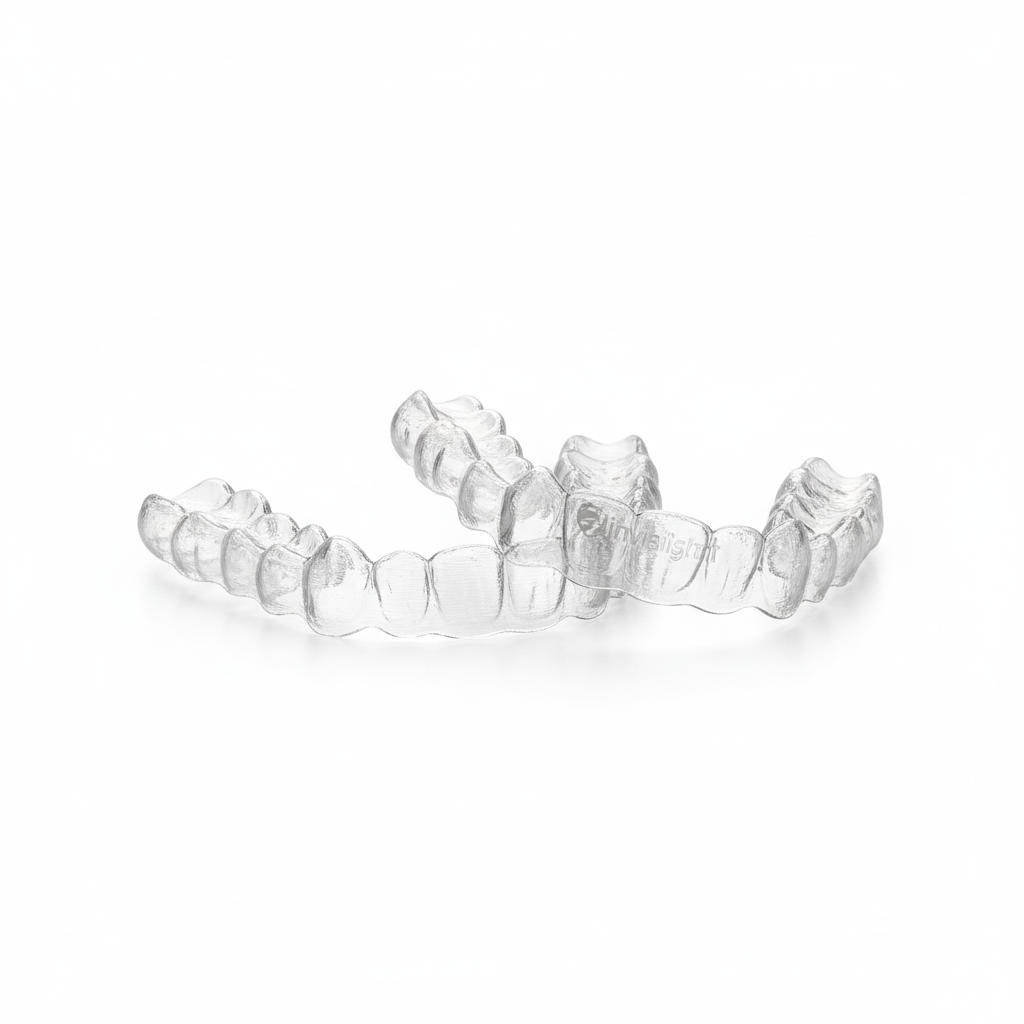
At Best Dental Clinic Pondy Bazaar, T. Nagar and Dr. Julian’s Laser Dental Clinic Tambaram we offer Invisalign clear aligners, a modern and virtually invisible way to straighten teeth. Ideal for teens, adults, and professionals, Invisalign helps you achieve a confident smile without the hassle of traditional braces. Our company provides Invisalign and Smile Aligners, delivering promising results for international clients, which is why we focus on this advanced solution exclusively.
Invisalign consists of custom-made, transparent trays that gently move your teeth into their ideal position. Each set is worn for 2 weeks before progressing to the next, gradually aligning your teeth with precision. The aligners are removable, comfortable, and aesthetic, letting you eat, brush, and floss normally.
Invisalign is nearly invisible, made of smooth, BPA-free plastic for maximum comfort, and fully removable to maintain oral hygiene and enjoy meals without restrictions. Treatment outcomes are predictable, thanks to 3D digital scans, and fewer dental visits are required with app-based progress tracking. Invisalign is ideal for patients with crowded, spaced, or misaligned teeth, as well as those with overbite, underbite, crossbite, mild to moderate orthodontic issues, or relapse after previous treatment.
Soft Splint In Chennai
A soft splint is a flexible dental appliance typically made from a soft, rubber-like material that is custom-fitted to a patient’s teeth. It is commonly used in orthodontic and dental care to manage conditions such as bruxism (teeth grinding), mild jaw misalignment, and temporomandibular joint (TMJ) disorders.
Unlike hard splints, which are made of rigid acrylic, soft splints offer more comfort and cushioning, making them ideal for nighttime wear. They help absorb the pressure from clenching and grinding, protect the teeth from damage, and relieve strain on the jaw muscles and joints.
Soft splints are easy to wear, non-invasive, and typically recommended for short-term or moderate use. However, since they are made from softer materials, they may wear out faster and are not suitable for treating severe bite or alignment issues. Regular dental checkups at Best Dental Clinic – Dr N Deenadayalan T Nagar, Chennai and Dr Julian’s Laser Dental Clinic Tambaram, Chennai are important to ensure the splint remains effective and fits properly.
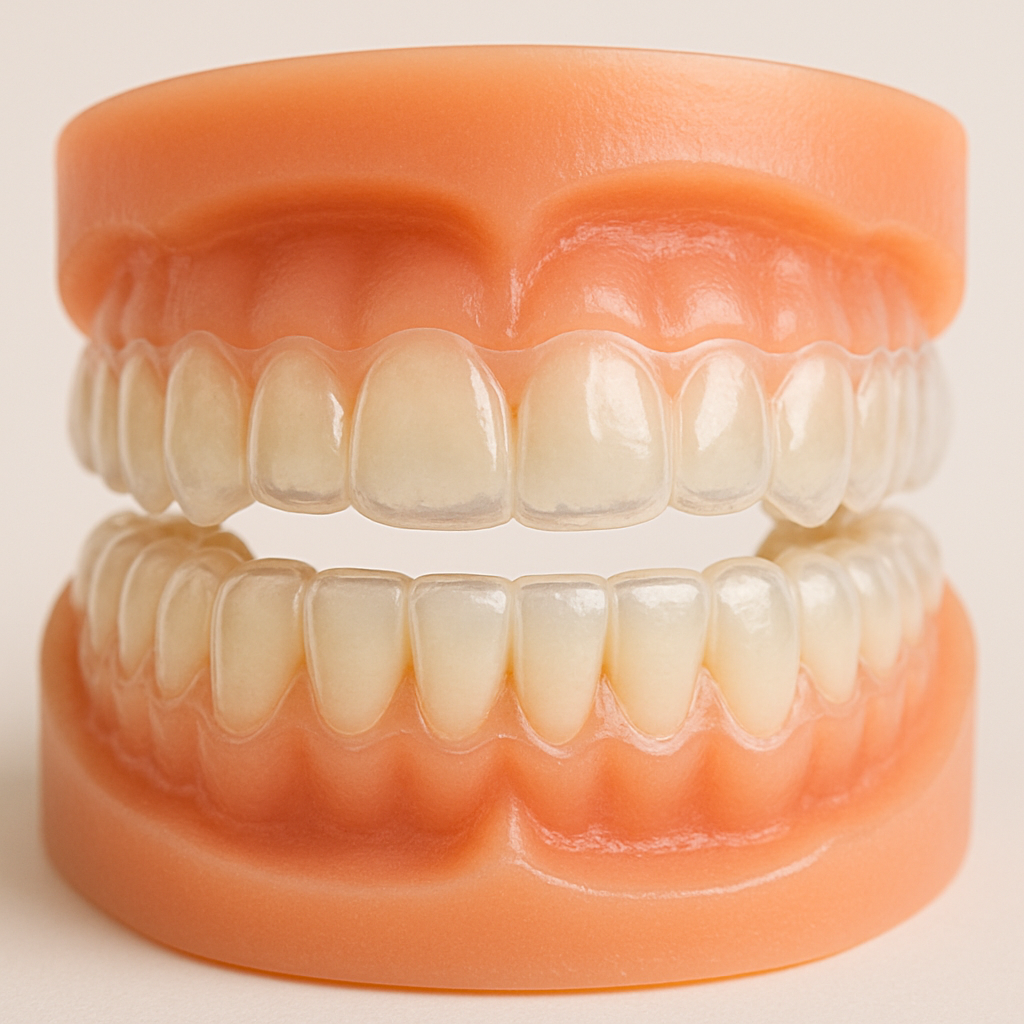
Retainers In Chennai
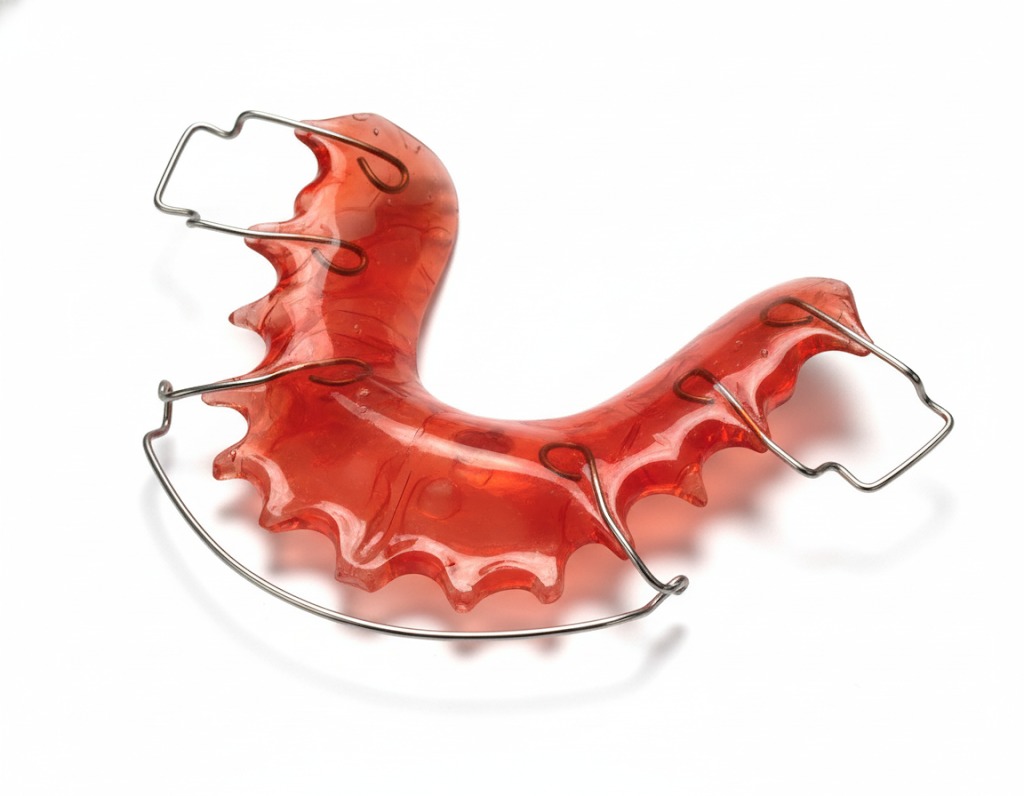
Retainers are custom-made dental appliances used after orthodontic treatment to help maintain the new position of your teeth. Once braces or aligners have successfully straightened the teeth, retainers play a crucial role in preventing them from shifting back to their original alignment—a process known as relapse.
There are two main types of retainers : removable and fixed. Removable retainers are usually made from clear plastic or acrylic and wire, and can be taken out while eating or brushing. Fixed retainers, on the other hand, are thin wires bonded to the back of the teeth, usually on the lower front teeth, providing continuous support.
Wearing retainers as instructed by your orthodontist is essential for long-term results. Skipping or inconsistently wearing them can undo months or years of orthodontic treatment. With proper care, retainers help preserve your smile and ensure that your teeth stay aligned and healthy for years to come.
Sports Guard In Chennai
A sports guard , also known as a mouthguard, is a protective dental device worn over the teeth during physical activities and contact sports to prevent injuries. It acts as a cushion, absorbing the impact from blows to the face and reducing the risk of broken teeth, jaw injuries, and damage to the lips, tongue, and gums.
Sports guards are especially important for athletes involved in sports like football, hockey, basketball, boxing, and martial arts—where collisions and falls are common. There are three main types of mouthguards: stock, boil-and-bite, and custom-made. While stock and boil-and-bite options are available over the counter, custom-made sports guards designed by dental professionals—offer the best fit, comfort, and protection.
Wearing a sports guard is a simple yet effective way to safeguard your smile. It is especially recommended for those undergoing orthodontic treatment with braces, as injuries can be more severe if metal brackets or wires come into contact with soft tissues. With regular use and proper care, a sports guard helps protect not just your teeth, but your overall oral health during sports activities.
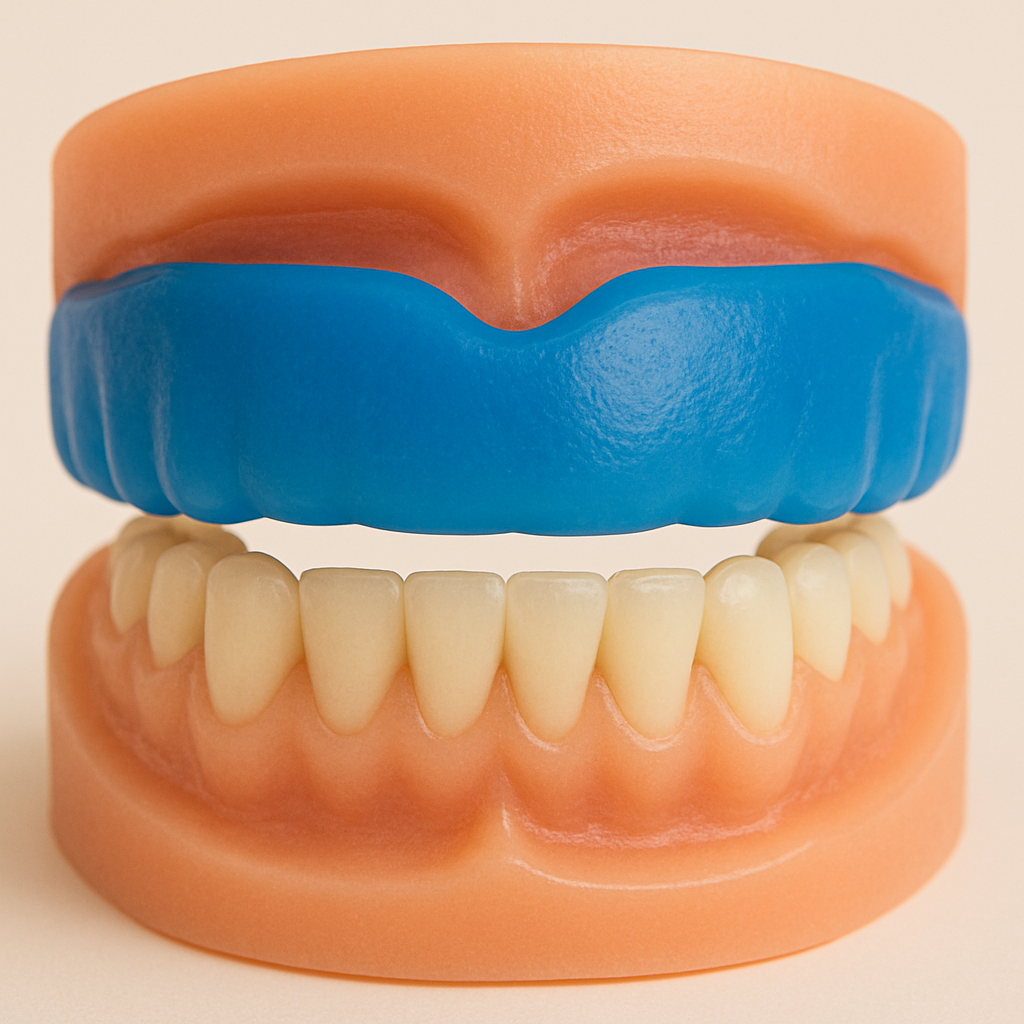
Why Choose Us
At Best Dental Clinic – Dr N Deenadayalan T Nagar, Chennai and Dr Julian’s Laser Dental Clinic Tambaram, Chennai, we are committed to delivering safe, advanced, and personalized dental care for every patient.
👩⚕️ Experienced Specialists
Our expert dentists and pediatric specialists ensure gentle, effective treatments for all ages
💎 Advanced Technology
We use modern equipment like dental lasers, digital X-rays, and advanced imaging for precise results.
🌟 Patient-Centered Care
We create a calm, friendly environment—especially for children—to make every visit stress-free.
🦷 Complete Dental Solutions
From cosmetic smile makeovers to child care and advanced surgeries, we cover all dental needs under one roof.
🏥 Trusted Clinics in Chennai
With two reputed branches in T Nagar and Tamabram, we are among the city’s most trusted dental care providers.
🔒 Safe & Hygienic Environment
We follow strict sterilization and hygiene protocols to ensure your complete safety during every procedure.
